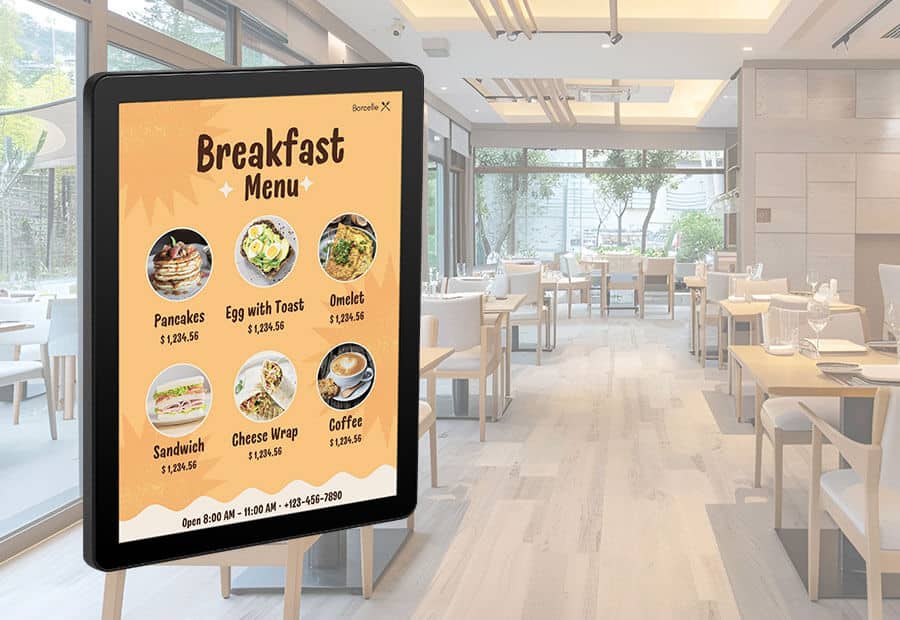The Environmental Benefits of Using Electronic Paper Displays
The Environmental Benefits of Using Electronic Paper Displays
Blog Article
Electronic Paper Displays in Education and Beyond
Display technology is now an integral part of our day-to-day lives, showing in sets from smartphones and e-readers to large-scale promotion panels. One of the varied selection of large E ink display, OLED (Organic Light-Emitting Diodes), and LED (Light-Emitting Diodes) have appeared as some of the very widely discussed options. While every type acts its own unique purpose, their variations in features, efficiency, and use cases make sure they are suited to certain applications. Let's take a deeper consider the crucial features of these display technologies.
Electronic Paper displays (ePaper)
Electronic Paper displays, also called ePaper or Electronic Ink displays, are designed to mimic the looks and readability of traditional Ink on paper. This engineering utilizes tiny microcapsules comprising priced dark and bright particles suspended in an obvious fluid. When an electric field is used, the contaminants proceed to either side of the supplement, creating an obvious image. The image remains fixed till still another electrical subject is used, which makes it well suited for presenting text-based content such as for example books, newspapers, and e-readers.

Among the principal features of ePaper displays is their minimal power consumption. Unlike old-fashioned LCD
Knowledge Electronic Paper displays
A digital Paper display (ePaper) mimics the appearance of Ink on paper. Unlike conventional screens, ePaper utilizes its power to reflect normal gentle as opposed to emitting its own. This engineering not merely reduces attention stress but in addition offers unmatched readability in sunshine, making it ideal for e-readers and electronic signage solutions.
One standout feature of ePaper displays is their extremely reduced energy consumption. Because they only use energy when adjusting content, ePaper displays are highly efficient and suited to battery-powered devices. But, their refresh prices are slower in comparison to OLED and LED displays, restraining their applicability to static or minimally active content.
OLED displays
OLED displays are known for their stunning visible quality, providing lively shades, strong greens, and excellent contrast. Each pixel within an OLED display produces its own mild, removing the requirement for a backlight. That not only allows for thinner, more lightweight types but in addition effects in better energy efficiency in comparison to LED using scenarios.
One important benefit of OLED displays is their flexibility. They may be manufactured in curved or foldable models, creating them common in cutting-edge smartphones and wearable devices. However, OLED displays include problems, such as for example susceptibility to burn-in and smaller lifespans compared to other technologies.
LED displays
LED displays, the most typical of the three, rely on a backlit program to light their pixels. Without as creatively striking as OLED E ink signage, LEDs are highly durable, long-lasting, and cost-effective. These features make sure they are ideal for a greater range of purposes, including TVs, pc displays, and outside advertising.
LED displays an average of conduct effectively in terms of lighting, creating them a great choice for situations with high ambient light. However, they fall short in reaching the exact same deep contrast and shade reliability as OLED technology.

Final Comparison
When choosing between ePaper, OLED, and LED displays, the decision depends largely on the intended purpose. For static material like examining or signage, ePaper excels using its reduced power usage and large visibility in organic light. OLED shines in purposes where vivid shades and flexibility are paramount. Meanwhile, LED stays a trusted and cost-efficient solution for a number of general-purpose needs.
Each display engineering provides anything special to the table, ensuring that there's a great choice for every situation. Understanding these differences might help users and firms produce informed decisions that match their unique display requirements. Report this page